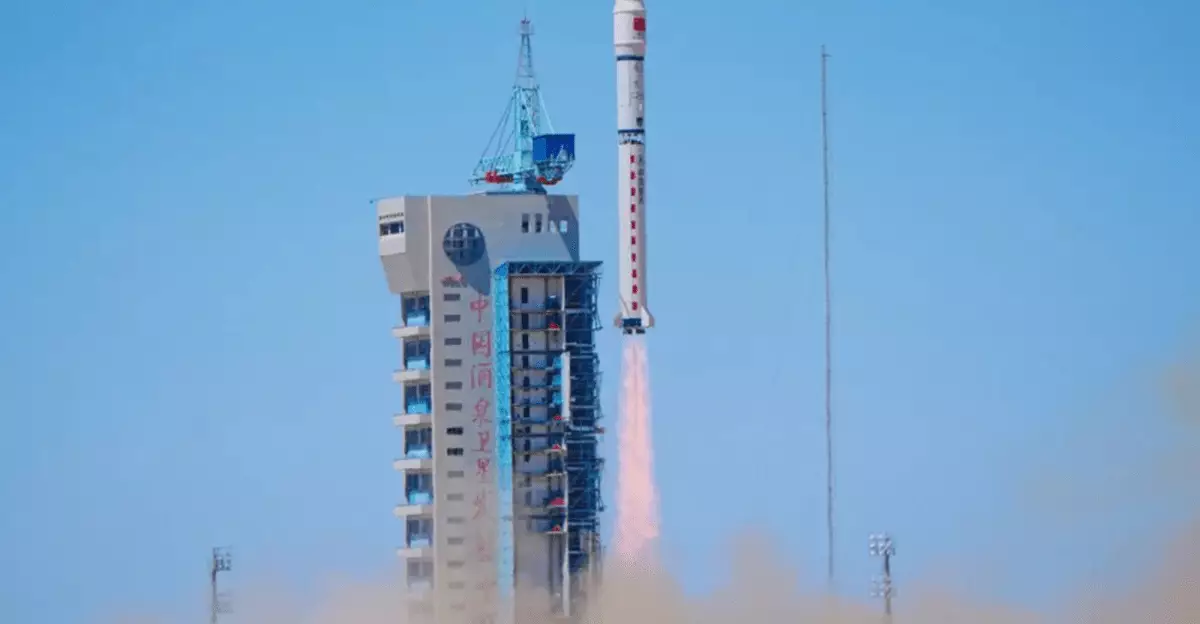The dawn of an extraordinary chapter in space technology has emerged as China’s ADA Space, alongside its recommended partners, has initiated the first phase of an ambitious 2,800-satellite network of orbiting AI supercomputers. This monumental endeavor not only represents a significant technological advancement but also reflects the nation’s aggressive strategy to dominate in the realm of artificial intelligence and satellite technology.
This first launch, consisting of a dozen satellites, marks a transformative shift, enabling the collated satellites to process data autonomously rather than relying on terrestrial infrastructure. The implications here are profound; by processing data in real time from space, these satellites diminish latency and enhance the efficiency of data utilization across various sectors.
AI Processing Power Redefined
Each of these satellites harbors a staggering 8-billion-parameter AI model and can perform 744 tera operations per second (TOPS). Collectively, they boast the incredible capability of executing 5 peta operations per second (POPS)—a testament to the raw computing power that could potentially fuel a range of applications, from advanced scientific research to complex global simulations. To put this in perspective, this processing capability dwarf the requirements for common applications like Microsoft Copilot, which only necessitates a measly 40 TOPS.
This network’s aspiration to eventually reach a benchmark of 1,000 POPs is commendable, but it also raises essential questions about the sustainability and ecological impact of such undertakings. Is it responsible for a country to launch such a massive constellation into orbit, with all its potential for space congestion and environmental concerns that could arise from satellite manufacturing and disposal?
Technological Symphony in Space
The communication prowess of these satellites is equally remarkable. They use advanced laser technology for intra-satellite communication at a rate of up to 100 Gigabits per second, an essential feature that enables seamless data sharing across the network. The architectural design allows for shared storage of 30 terabytes among the satellites, paving the way for real-time data collaboration and enhancing the overall functionality of the constellation.
Among their functions, these satellites will carry scientific instruments, such as an X-ray polarization detector, aimed at detecting fleeting cosmic events like gamma-ray bursts. This opens up new frontiers in astrophysics and planetary sciences. Moreover, the ability to create 3D digital twins for various applications, including emergency response frameworks, gaming innovations, and tourism experiences, signals a convergence of technology and creativity that could redefine entire industries.
Beyond Communication: New Horizons
The advantages of deploying space-based computing systems extend far beyond operational efficiency. Current satellite communications struggle with significant limitations, where less than 10% of the data transmitted actually makes it to Earth due to various bottlenecks such as bandwidth restrictions and limited ground station access. By erecting a network that operates efficiently in space, ADA Space is addressing a critical need—a move that could substantially enhance data accessibility and reliability.
As we stand on the brink of the next frontier in AI and space technology, the implications are immense. While the excitement surrounding these developments is palpable, we also must engage in a discourse on the ethical and ecological responsibilities that come with such rapid advancement. As nations vie for supremacy in this new digital age, it’s vital to balance innovation with sustainability.

